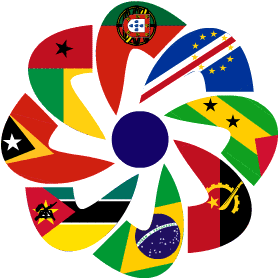SUBMITTING
Only send the final and original version of a document to your translator once any changes, edits or revisions have been made. Changes made to a document after it has been submitted to the translator and work has begun will likely incur extra fees and may affect the deadline. The quality of the original document (source document) in terms of content and language usage, used to translate from, is the quality of the final translation (target document).It is important to distinguish the difference between these two processes as there are some cases where clients request translation but their papers actually need editing /translating, and they think that these processes are all the same.
SOURCE and TARGET
Determine the source and target languages of your document. Naturally, we need to know what language the document was originally written in and what language the document needs to be translated into. If a document needs to be translated into Portuguese, one should specify European Portuguese or Brazilian Portuguese as the vocabulary and dialects vary based on the target audience.If you don’t know the source language of your document, ask! We are more than willing to help you figure it out. If we know the correct language combination from the start, we can quickly narrow our search to find the native-language translator best suited for the job.
CERTIFIED or NON CERTIFIED
Difference between Certified and Non - Certified Translation. The definition of certified translation varies from one country to another. A sworn translator has sworn an oath in the High Court of South Africa to “translate faithfully and correctly, to the best of their knowledge and ability”. To ensure that a translation is recognised as a sworn translation, sworn translators stamp and sign every page of their translations and add a statement certifying that it “is a true translation of the original”. A sworn translation of a document is the legal equivalent of the original document for evidentiary purposes in a court of law. A sworn translator will ask to see the original documents or certified copies of the original documents.
FILE FORMAT
Determine the file format of your document. Although most translation companies are equipped to handle a variety of file formats, such as JPEG, PDF, PPT, DOC, XLS, certain file formats need to be prepared before the ‘translatable’ material can be extracted. Knowing the file format can help us determine whether we will need to allow for extra time to prepare the file(s).
TARGET MARKET
Establish the intended audience of your document. Knowing who the document is intended for, whether it is directed at your customers or clients, other businesses, contractors, or institutions, to name a few, will help the translator choose the right tone, style and level of language to suit your audience.
CONTENTS
At least have a general idea of the technical nature of your document. Of course, if you cannot read or understand the language your document was written in, you will probably have a hard time figuring out what it is about. However, you can probably figure out whether the subject matter is general, somewhat specialized or highly technical with loads of expert terminology.
SUPPLEMENTARY SERVICES
Determine whether you will need any supplementary services. You should let the translator know if you will need any additional services, including research, copywriting, search engine optimization, desktop publishing, back translation, etc., as early as possible in the process. This helps us accurately project the amount of time needed for your project from start to finish.
PLAN AHEAD
An urgent or “rush” translation runs the risk of potential errors and it won’t necessarily be an accurate representation of the best work that a particular translator can deliver. Most translators generally translate between 1,500 and 2,500 words per day, and this daily average can vary based on a document’s technical complexity, subject, file format, etc. (And “rushing” a translator won’t likely win you any praise from a translator who has to work all day and night to get a time-sensitive translation done on time.).
TERMS AND PAYMENT
Carefully read through the translator’s terms, conditions and payment policies. If you read through the legal stuff before the project starts, you can ask questions or make amendments before the work begins. This can help both parties avoid a nasty surprise after the work has been completed and invoiced. You can keep your translator happy and enjoy a long-term, mutually-profitable relationship by paying your translator for their services promptly. (No one likes to chase money and translators are no exception!).



















